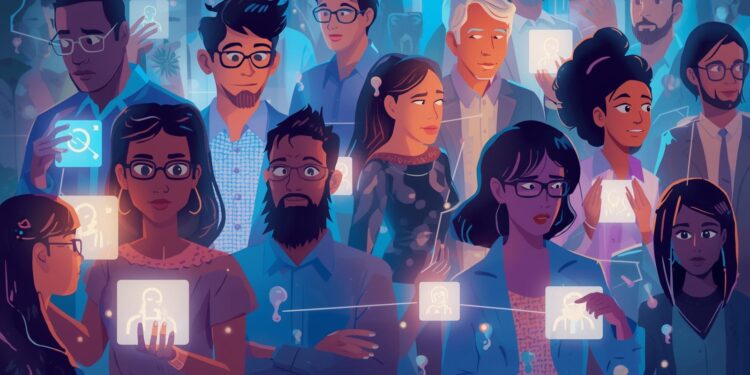The digital age has revolutionized the way we build and maintain relationships. From professional networks to personal connections, the internet serves as a bridge connecting people across the globe. However, the advent of digital relationships has also introduced a unique set of challenges. As we navigate this evolving landscape, understanding these challenges becomes crucial for leveraging technology in our personal and professional lives.
Digital communication has become the backbone of modern interaction. It offers unprecedented convenience, allowing us to connect with others irrespective of geographical boundaries. Platforms like social media, instant messaging, and video calls have made it possible to maintain relationships that might otherwise wither due to distance.
However, while digital communication enhances connectivity, it also poses significant challenges. The lack of physical presence can lead to misunderstandings, as non-verbal cues such as body language and tone are often lost. This can result in misinterpretations and conflicts, highlighting the limitations of digital communication in conveying emotions and intentions accurately.
In the business realm, digital communication is a double-edged sword. On one hand, it facilitates seamless collaboration and information exchange. Tools like Slack, Zoom, and Microsoft Teams have transformed how teams work, enabling real-time communication and collaboration irrespective of location.
On the other hand, the reliance on digital communication can impede relationship-building. Trust and rapport, essential components of professional relationships, are harder to establish without face-to-face interaction. This can be particularly challenging for leaders, such as Chief Technology Officers and Innovation Managers, who must effectively communicate visions and strategies to their teams.
The realm of personal relationships has also been transformed by digital innovations, with internet dating becoming a common avenue for finding partners. Dating apps and websites provide platforms for individuals to connect with potential partners based on shared interests and preferences.
However, the convenience of internet dating comes with its own set of challenges. The abundance of choices can lead to decision fatigue, making it difficult to commit to a single relationship. Furthermore, the anonymity of the internet can encourage deceptive behavior, with individuals misrepresenting themselves in their profiles.
To navigate these challenges, individuals must prioritize authenticity and transparency. Engaging in open and honest communication is crucial in building trust and fostering meaningful connections. Additionally, balancing online interactions with offline meetings can help solidify relationships and provide a more holistic understanding of the other person.

In professional settings, digital relationships are reshaping workplace dynamics. Remote work, a trend accelerated by the COVID-19 pandemic, relies heavily on digital communication tools. While this offers flexibility and autonomy, it also requires new strategies for managing teams and maintaining productivity.
For business strategists and innovation managers, the challenge lies in leveraging digital tools to foster collaboration and innovation. Encouraging open communication and providing platforms for brainstorming and idea-sharing are essential for driving growth and innovation. Regular virtual meetings and check-ins can help maintain team cohesion and ensure alignment with organizational goals.
Furthermore, integrating digital tools with traditional business strategies can enhance operations and create new opportunities. Understanding the strengths and limitations of these tools is key to developing effective strategies that align with business objectives.
As technology continues to evolve, so too will digital relationships. Emerging technologies like artificial intelligence and virtual reality hold the potential to further transform how we connect and communicate. AI-driven chatbots and virtual environments could enhance digital interactions, making them more immersive and personalized.
However, as we embrace these advancements, it is crucial to strike a balance between leveraging technology and maintaining human connection. Technology should enhance, not replace, the fundamental aspects of relationships—trust, empathy, and understanding.
For industry leaders and experts, staying informed about technological trends and their implications is essential. By fostering a culture of continuous learning and adaptation, organizations can navigate the challenges of digital relationships and harness their potential for growth and innovation.
Digital relationships are an integral part of modern life, offering both opportunities and challenges. As we continue to navigate this landscape, understanding the intricacies of digital communication and its impact on relationships will be crucial. By prioritizing authenticity, leveraging technology effectively, and maintaining a balance between digital and human interactions, we can build meaningful connections that drive personal and professional success.




